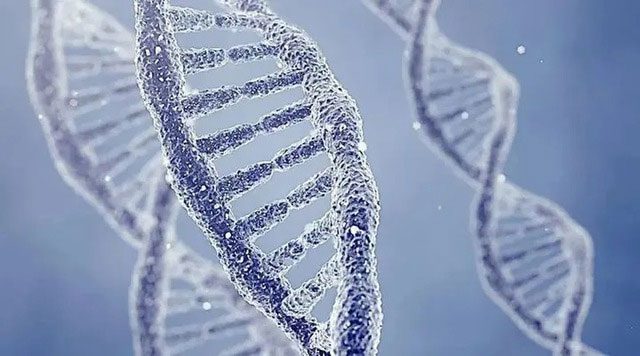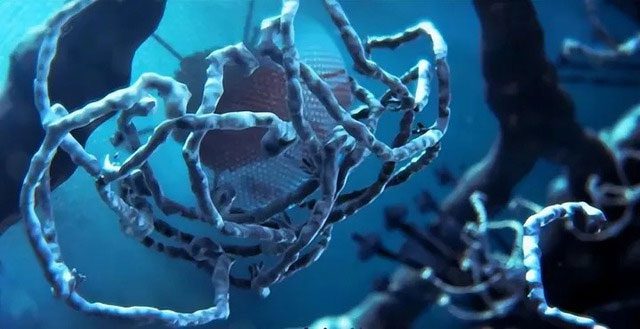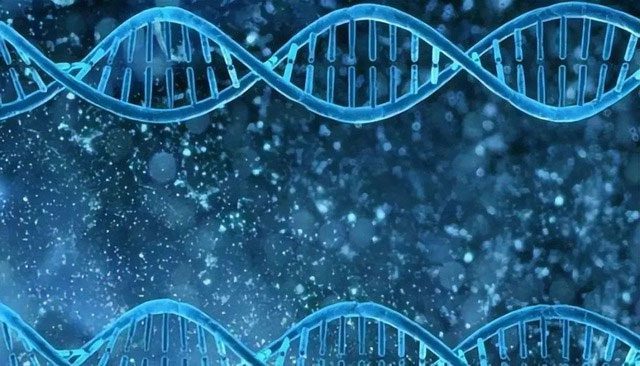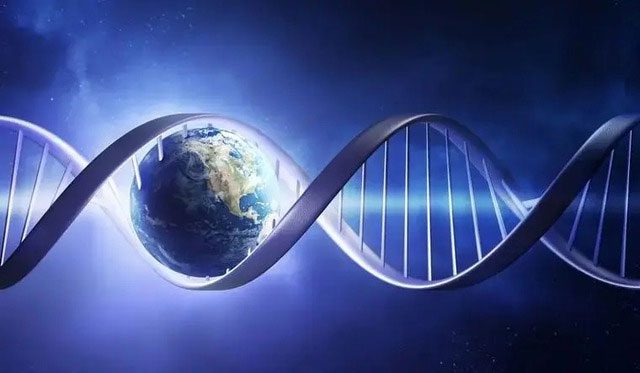In the natural world, reproduction among living organisms is a crucial task. However, when this natural process encounters inbreeding, it can lead to shocking consequences.
Inbreeding Can Lead to Genetic Defects: Accumulation of Gene Mutations Resulting in Physical Decline
Inbreeding refers to the reproduction of individuals who are closely related within the same family to produce offspring. This method of reproduction is not uncommon in human history, but it carries serious genetic defects. Inbreeding causes gene accumulation within the same family, leading to an increase in gene mutations, which results in a series of health issues such as physical debilitation.
Inbreeding results in the accumulation of gene mutations. Typically, when two different individuals reproduce, the genetic combination creates new gene combinations, thus maintaining genetic diversity. In contrast, inbreeding causes gene mutations to accumulate due to the high genetic similarity among related individuals.

Inbreeding leads to the accumulation of gene mutations due to high genetic similarity. (Illustrative image).
Gene mutations refer to variations that occur in the gene sequence, which can lead to abnormal gene expression or functional defects. If these mutated genes happen to occur on genes related to important developmental processes or physiological functions, they can result in abnormal bodily functions.
The high genetic similarity among related individuals increases the likelihood of carrying recessive genetic diseases. Offspring produced through inbreeding often encounter various health issues due to the accumulation of gene mutations and genetic defects. For example, congenital heart disease, intellectual disability, autism, etc., can appear in the offspring of inbreeding. These diseases can severely impact the physical and mental health of the offspring and can sometimes lead to life-threatening consequences.
It is noteworthy that not all cases of inbreeding lead to genetic defects. In some rare cases, inbreeding may not cause obvious physical problems. This is because not all families carry defective genes, or two individuals may not carry the same defective gene. However, in all circumstances, inbreeding remains a dangerous practice.
Inbreeding Reduces Genetic Diversity: Diminishing a Species’ Adaptability to Environmental Changes
Inbreeding occurs in many groups of animals and plants, but it has long raised many concerns and controversies. While inbreeding may provide temporary reproductive success, it will severely weaken the genetic diversity of a species, thereby reducing the species’ adaptability to environmental changes.

Inbred offspring often face various health issues. (Illustrative image).
Because inbreeding causes gene duplication, this also increases the risk of genetic defects. Subsequent generations of inbred individuals can lead to the accumulation of disease-causing mutations, increasing the likelihood of inheriting genetic diseases and congenital disabilities in the offspring. Some experiments have shown that the offspring of inbred animals are more likely to be born with physiological defects, directly impacting their survival and reproductive capabilities.
Species adapt to environmental changes through continuous genetic variation, thereby improving their adaptability. However, inbreeding limits gene transfer and the combination of new genes, reducing the genetic diversity of a species and making it unable to respond effectively to environmental changes. When the environment changes, species struggle to adapt to new conditions, leading to outbreaks of diseases and population declines. Strengthening the protection and restoration of ecosystems is also crucial. Protecting and restoring habitats can provide more options and promote gene flow among species, thereby preventing inbreeding.

Inbreeding increases the risk of genetic defects. (Illustrative image).
Inbreeding in Nature is a Last Resort: To Preserve the Last Survival Line of a Species
In nature, each species has its own way of reproduction and survival. However, sometimes, due to various external factors, certain species may face the risk of extinction. To preserve the last remaining strands of these species, they are forced to inbreed.
This breeding method is often discouraged as it can easily lead to genetic impoverishment and genetic defects. However, in some special cases, inbreeding becomes the last line of defense to protect the survival of the species.
One scenario that can lead to inbreeding is a significant reduction in the species population. Under pressure from human activities and environmental destruction, the habitats of many species have been destroyed, and their populations have rapidly declined. When only a very few individuals are left, it becomes difficult for them to find suitable mates, leading to challenges in reproduction. At this point, inbreeding becomes the only option, although it may cause some problems, it is the last resort to preserve the existence of the species.

Inbreeding is an unadvised breeding method. (Illustrative image).
Another situation that can lead to inbreeding is geographical isolation. Some species may be distributed in different geographical areas due to their habitat characteristics. When communication between these areas is restricted or difficult to achieve, individuals of the same species find it hard to mate with one another, making inbreeding the only choice.
We should understand that inbreeding should only be used as an emergency measure, not a long-term solution. While protecting endangered species, we must also strive to restore and protect their habitats, while providing more opportunities for interaction to minimize or avoid inbreeding.


















































